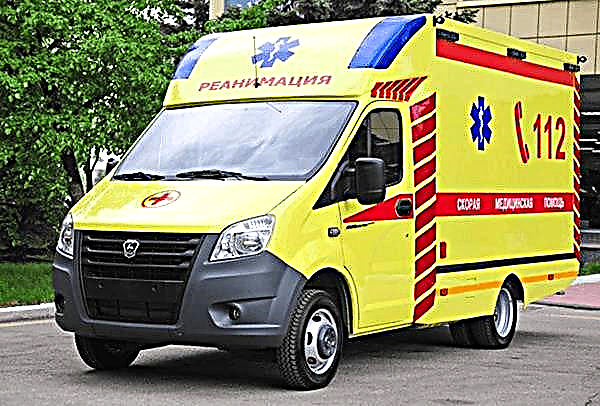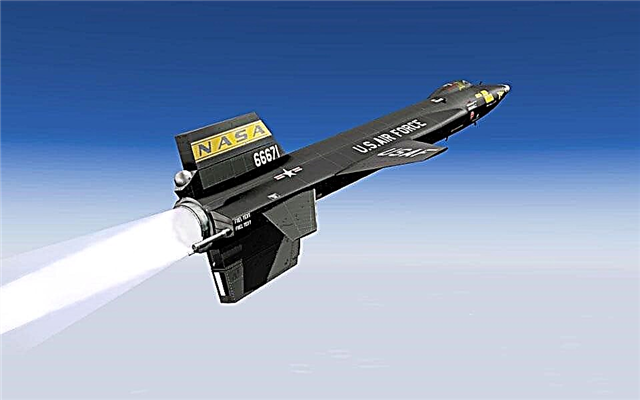Russia is a multinational state. But, unfortunately, the diversity of nations is far from always able to coexist peacefully side by side. Center for the Study of National Conflicts published rating of interethnic tension of the regions of the Russian Federation.
The ten most disadvantaged regions included both central Russia and the South, as well as the North Caucasus District. Well, Kaliningrad Oblast, Mari El, Tuva and Yamalo-Nenets Autonomous Okrug were among the most prosperous regions in terms of ethnicity.
10. Khanty-Mansi Autonomous Okrug
Although there is no vigorous activity of nationalist associations on the territory of the okrug, conflicts are frequent between local residents of the Khanty-Mansi Autonomous Okrug and migrants from the Caucasus and from the poor republics of Central Asia.
9. Rostov region
Most ethnic conflicts are related to people from the Caucasus. Most often, persecution of Caucasians is expressed in mass events, distribution of nationalist leaflets, propaganda on social networks.
8. Nizhny Novgorod region
The region found itself in “anti-rating” because of the conflict with the natives of Armenia in December last year, which led to the murder of A. Slakaev. The murder provoked a series of pogroms. At the very end of December, a major fight between Armenians and radical Russophiles took place already in Nizhny Novgorod itself.
7. Astrakhan region
Interethnic tension in the region is associated with the activity of nationalist movements directed against immigrants from the Caucasus. During 2013, at least 4 so-called “Russian marches” were held in the Astrakhan region.
6. Krasnodar Territory
The participants in interethnic clashes in the region are, as a rule, Chechens, Ingush, natives of Kabardino-Balkaria. The tension in relations between ethnic groups was facilitated by the Olympic Games, during which security measures were significantly strengthened.
5. The Republic of Tatarstan
The main conflicts on ethnic grounds arise between the main ethnic group of the region, the Tatars, and the rest of the population of the Republic. Over the past year, conflicts have also been noted involving numerous migrants from countries of the North Caucasus.
4. Stavropol Territory
The region attracts people from the republics of the Caucasus for its proximity, economic stability, the presence of universities, infrastructure, and jobs. As a result, mass uncontrolled migration leads to an increase in interethnic tension, as it is negatively perceived by the indigenous population of Stavropol.
3. St. Petersburg
Interethnic tension in the Northern capital is connected with the activities of ultra-right and fan groups. As a rule, the activities of nationalist associations are directed against people from the Caucasus or from the republics of Central Asia.
2. Moscow
Interethnic conflicts in the capital often take on a political connotation. The manifestations of nationalism attract the attention of the media, as a result of which all the actions held receive a wide resonance. Moscow is also characterized by an extremely young age of participants in interethnic clashes - these are teenagers 15-17 years old.
1. Dagestan
It is Dagestan that is the most multinational region of the Russian Federation - representatives of 14 indigenous peoples live here. Conflicts are most often caused by difficult relationships between different clans, sub-ethnic groups and ethnic groups. The spread of radical Islam, as well as the high unemployment rate in Dagestan, also contribute to inciting hatred.












